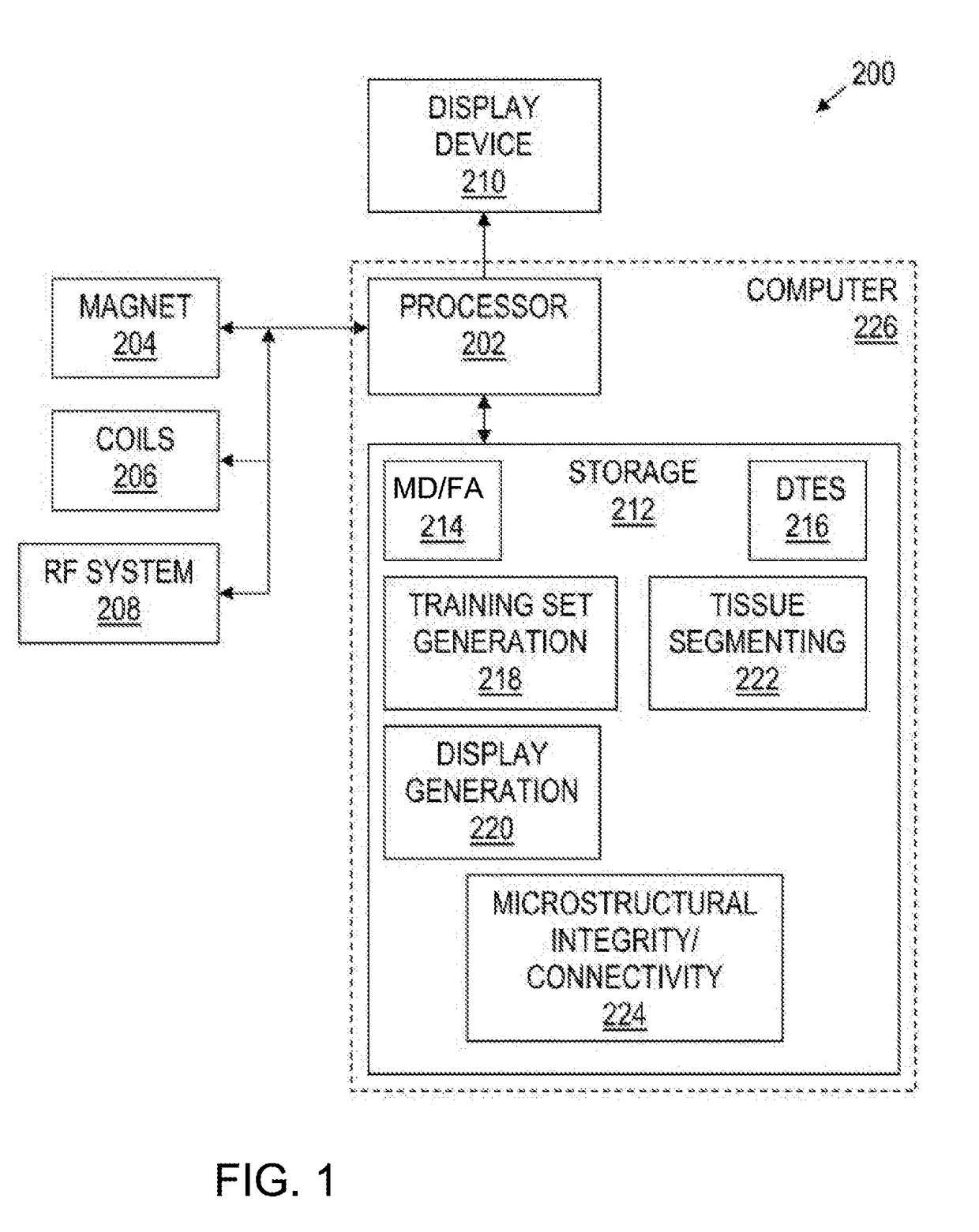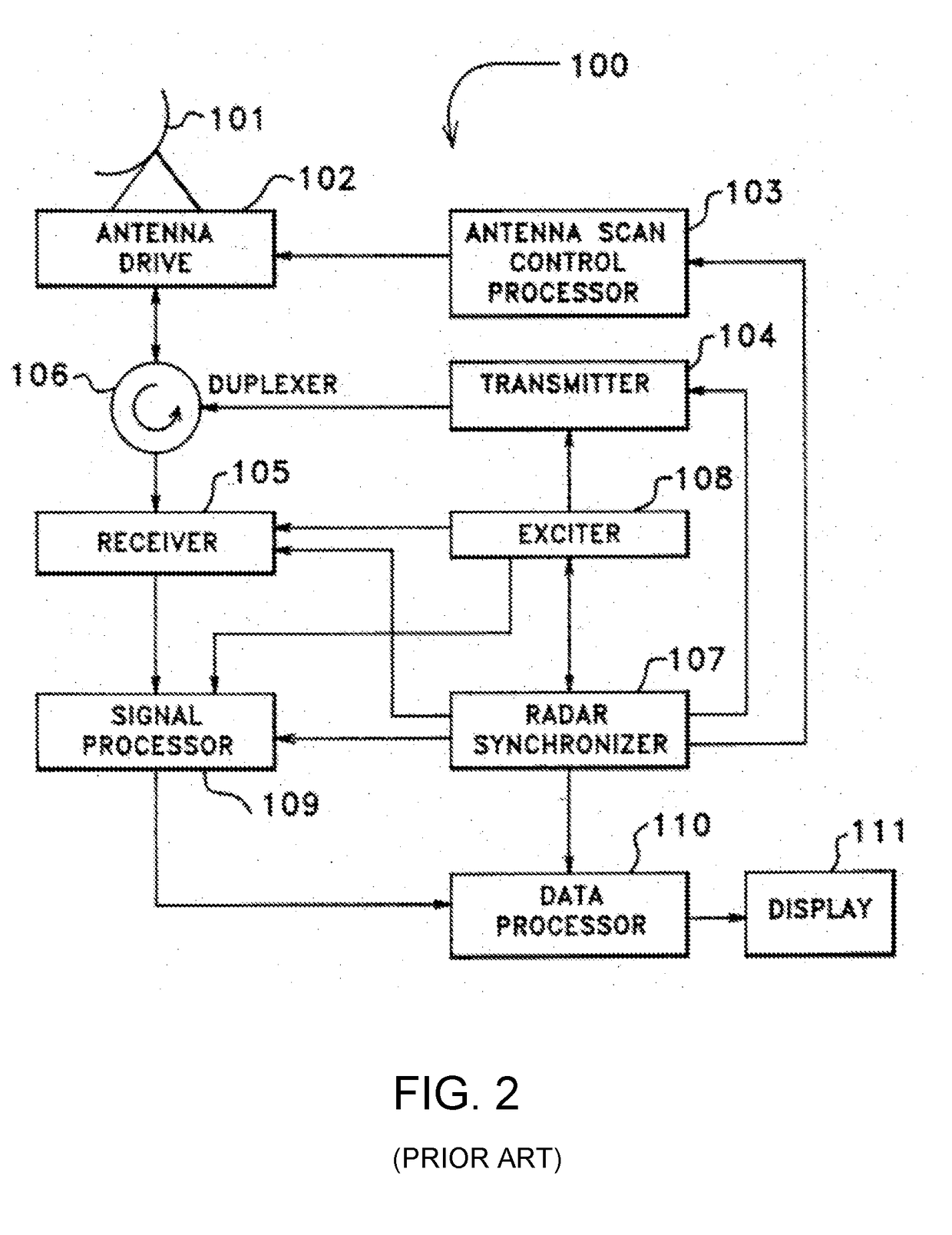Entropy field decomposition for image analysis
a technology of image analysis and entropy field, applied in the field of image analysis, can solve the problems of significant challenge, severely limit the utility of the method, and the reconstruction of brain networks from these signal fluctuations, and achieve the effect of designing plant phenotypes
- Summary
- Abstract
- Description
- Claims
- Application Information
AI Technical Summary
Benefits of technology
Problems solved by technology
Method used
Image
Examples
example 1
2D Data
[0086]In “traditional” FMRI, a subject is presented with a well-defined input stimulus, such as a visual stimulation consisting of a rapidly flashing (e.g., 8 Hz) checkerboard that is presented for a short period (e.g., 10 sec), turned off for the same period, and this pattern of presentation is repeated several times, resulting in a so-called “block stimulus design.” This is an example of task-based FMRI, so-called because the input task (the stimulus) is known. While the relationship between the input stimulus and the FMRI signal is actually quite complicated, it is often quite close to the stimulus. Thus, simple correlation of the input stimulus (perhaps convolved with a neuronal response function) with the signal is a useful and established analysis method, as long as the signals are not spatially or temporally overlapping. If they are, traditional correlation analysis methods fail and most sophisticated techniques such as ICA have been employed, though are known to be in...
example 2
3D Non-Periodic, Overlapping Data
[0090]The second toy example is an idealization of the more practical situation faced in many scientific applications, including our own particular cases of FMRI and mobile Doppler radar data and consists of mixing different time varying signals inside several three-dimensional spatial domains. This is a model for the second “flavor” of FMRI is the acquisition data while the subject is not presented with any stimulus and is simply “resting”. This is called “resting state FMRI”, or rsFMRI, and the analysis of the detected spatio-temporal fluctuations presents a tremendous challenge because they are characterized by being non-linear, non-periodic, and spatially and temporally overlapping, and there is no known input stimulus with which to compare these fluctuations as they are thought to be due to “intrinsic” modes of brain activity. This example is also a reasonable idealized model for the problem faced in mobile Doppler radar data from severe thunder...
example 3
tate FMRI Data
[0095]FIG. 1 provides a block diagram of an exemplary magnetic resonance (MR) imaging system 200 in accordance with various embodiments. The system 200 includes a main magnet 204 to polarize the sample / subject / patient; shim coils 206 for correcting inhomogeneities in the main magnetic field; gradient coils 206 to localize the MR signal; a radio frequency (RF) system 208 which excites the sample / subject / patient and detects the resulting MR signal; and one or more computers 226 to control the aforementioned system components.
[0096]A computer 226 of the imaging system 200 comprises a processor 202 and storage 212. Suitable processors include, for example, general-purpose processors, digital signal processors, and microcontrollers. Processor architectures generally include execution units (e.g., fixed point, floating point, integer, etc.), storage (e.g., registers, memory, etc.), instruction decoding, peripherals (e.g., interrupt controllers, timers, direct memory access c...
PUM
 Login to View More
Login to View More Abstract
Description
Claims
Application Information
 Login to View More
Login to View More - R&D
- Intellectual Property
- Life Sciences
- Materials
- Tech Scout
- Unparalleled Data Quality
- Higher Quality Content
- 60% Fewer Hallucinations
Browse by: Latest US Patents, China's latest patents, Technical Efficacy Thesaurus, Application Domain, Technology Topic, Popular Technical Reports.
© 2025 PatSnap. All rights reserved.Legal|Privacy policy|Modern Slavery Act Transparency Statement|Sitemap|About US| Contact US: help@patsnap.com



